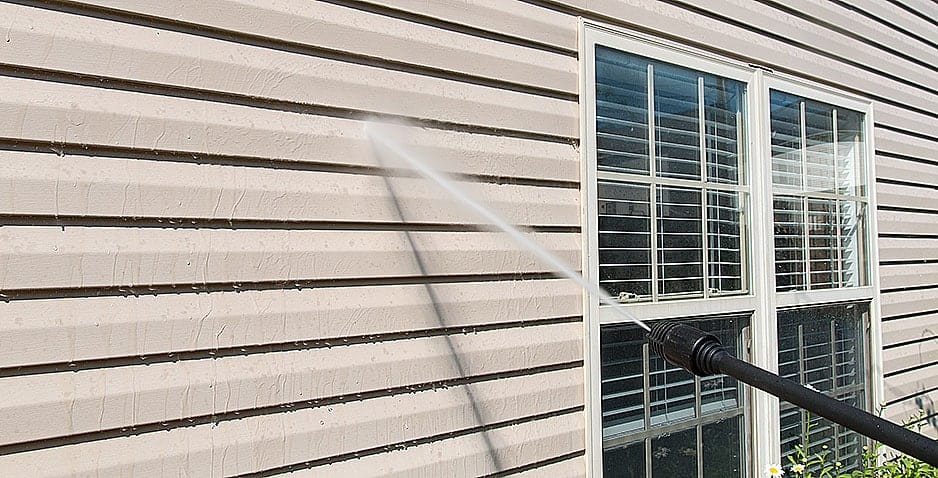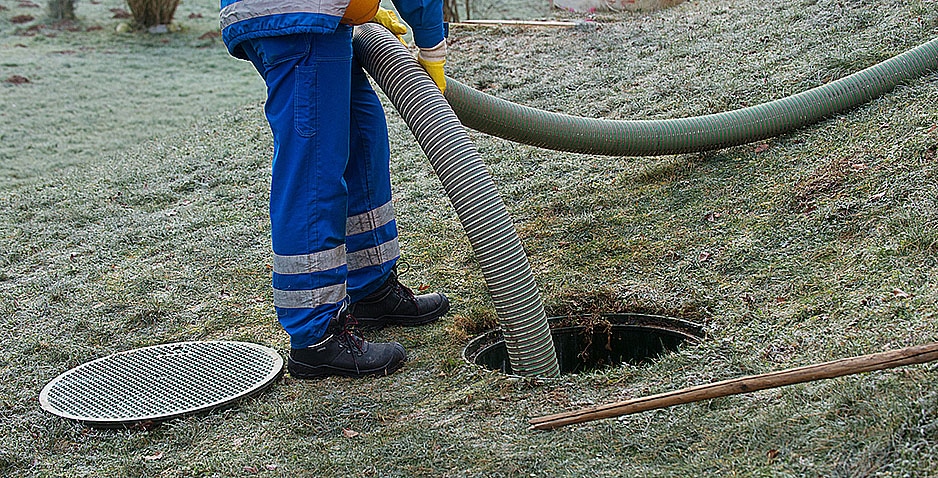Maintaining a home water filtration system is crucial for ensuring that it operates efficiently and provides clean, safe water for your family’s daily needs. Like any home appliance, a water filtration system requires regular checks and upkeep to prevent malfunctions and degradation of performance over time. This guide will walk you through the essential maintenance steps that are key to prolonging the lifespan and functionality of your water filtration system.
Understanding Your System’s Requirements
The first step in maintaining your water filtration system is to understand the specific maintenance requirements of the model you own. Different systems—whether reverse osmosis, ultraviolet purifiers, or simple under-sink filters—have varying maintenance needs. For instance, sediment filters that trap physical particles need more frequent replacements due to the accumulation of debris. On the other hand, systems like reverse osmosis have several filters and a membrane, each with different lifespans and replacement indicators. Familiarize yourself with the manufacturer’s guidelines on maintenance schedules and stick to these recommendations to ensure optimal performance.
Regular Filter Changes
One of the most common and crucial maintenance tasks for any water filtration system is changing the filters. Over time, filters can become clogged with sediments and contaminants, reducing the efficiency of the system and affecting the quality of water produced. The frequency of filter changes can vary based on the water usage of your household and the quality of your incoming water. For most systems, changing the filters every six months is a good rule of thumb, but this can vary. Always use the correct size and type of filter for replacements, as using non-compatible filters can damage the system or degrade water quality.
Cleaning and Sanitizing the System
In addition to regular filter changes, periodic cleaning and sanitizing of the water filtration system components are essential. This is particularly important for systems that involve water storage or have extensive piping, such as reverse osmosis systems, which can harbor bacteria over time. Sanitizing involves using a food-grade sanitizer that is safe for water systems, circulating it through the system, and then thoroughly rinsing the system to remove any residual sanitizer. This process helps in preventing the growth of bacteria and mold in the water pathways and storage units.
Monitoring for Leaks and Wear
Regularly inspect your water filtration system for any signs of leaks or wear. Check connections, tanks, and fittings for any dampness or water drops that could indicate a leak. Even a small leak can lead to significant water waste and potentially damage the area around the system. Additionally, inspect the physical condition of all visible parts of the system for any signs of wear or corrosion, particularly in systems that involve salt or other corrosive materials, like a water softener system. Addressing leaks and wear early can prevent more significant issues down the line.
Assessing Water Softener System Health
If your home uses a water softener system Meadville as part of its water filtration setup, maintaining this system is also critical. Water softeners require regular checks to ensure that the salt levels are adequate and that the system is regenerating correctly. Salt bridges—hard crusts that form in the brine tank of a softener—can prevent the salt from dissolving into the water, which inhibits the system’s ability to soften water. Breaking up salt bridges and ensuring consistent salt levels are important maintenance steps. Additionally, check the softener’s resin bed and replace it if the beads have degraded or are no longer effective.
Scheduled Professional Inspections
While many aspects of water filtration system maintenance can be handled by homeowners, scheduling professional inspections annually or biennially can prove invaluable. These inspections allow experienced technicians to assess not only the surface but also the deeper operational integrity of the system. Professionals can detect issues that are not obvious to the untrained eye, such as internal wear and tear, inefficiencies in the filtration process, or outdated components that might need upgrades. This proactive approach can prevent sudden breakdowns and ensure the system operates at peak efficiency.
Understanding System Alerts and Gauges
Modern water filtration systems often come equipped with alert systems and gauges that monitor filter life, water flow, and system performance. Understanding how to read these alerts and gauges is crucial for timely maintenance. For example, a decrease in water pressure could indicate a clogged filter, while certain lights or notifications might signal the need for system regeneration or sanitation. Homeowners should familiarize themselves with the specific alerts for their system and respond promptly to ensure continuous optimal performance.
Managing Water Quality Changes
Water quality can vary due to several external factors, including changes in municipal water treatment, seasonal variations, and infrastructure aging. Homeowners should be vigilant about noticing changes in water taste, color, or odor, as these can indicate that the current water filtration setup may need adjustments. Testing water quality annually, or whenever notable changes occur, can help determine if the filtration system is still effective or if additional filtration stages are required to handle new contaminants.
Enhancing System Longevity Through Environment Control
The environment around a water filtration system can significantly impact its longevity and efficiency. Installing the system in a clean, dry, and temperature-controlled area can prevent premature corrosion or damage. For outdoor systems, protective enclosures are necessary to safeguard the equipment from weather elements and reduce the risk of contamination. Ensuring that the area around the filtration system is free from clutter and easily accessible for maintenance also helps in keeping the system in good working order.
Integrating Smart Technology for Maintenance Efficiency
Advancements in smart home technology have made their way into water filtration systems. Smart sensors can now monitor water usage, detect leaks, and even predict filter lifespans based on water consumption patterns. These technologies can be integrated into existing systems to enhance maintenance efficiency, providing real-time data and notifications directly to smartphones or computers. Utilizing these innovations allows homeowners to stay ahead of maintenance needs, ensuring that their water filtration system is not just functional but also intelligently adaptive to their household’s needs.
Maintaining a Whole House Water Filtration System
For those with a whole house water filtration system, comprehensive maintenance is key to ensuring that all water entering your home is clean and safe. This might involve more extensive monitoring and maintenance, as these systems are larger and filter all incoming water. Regularly replacing filters, checking system pressure, and cleaning units are all critical.
For whole-house systems, it is also wise to periodically have a professional service check, particularly if the system includes complex components like UV purification or advanced mechanical filters. These checks can help ensure that every tap in your home delivers high-quality water and that the system operates efficiently.
Maintaining your whole house water filtration Warren through regular upkeep, timely replacements, and frequent inspections can significantly enhance its longevity and functionality. By adhering to these maintenance practices, homeowners can ensure consistent access to clean, safe water for their families.



